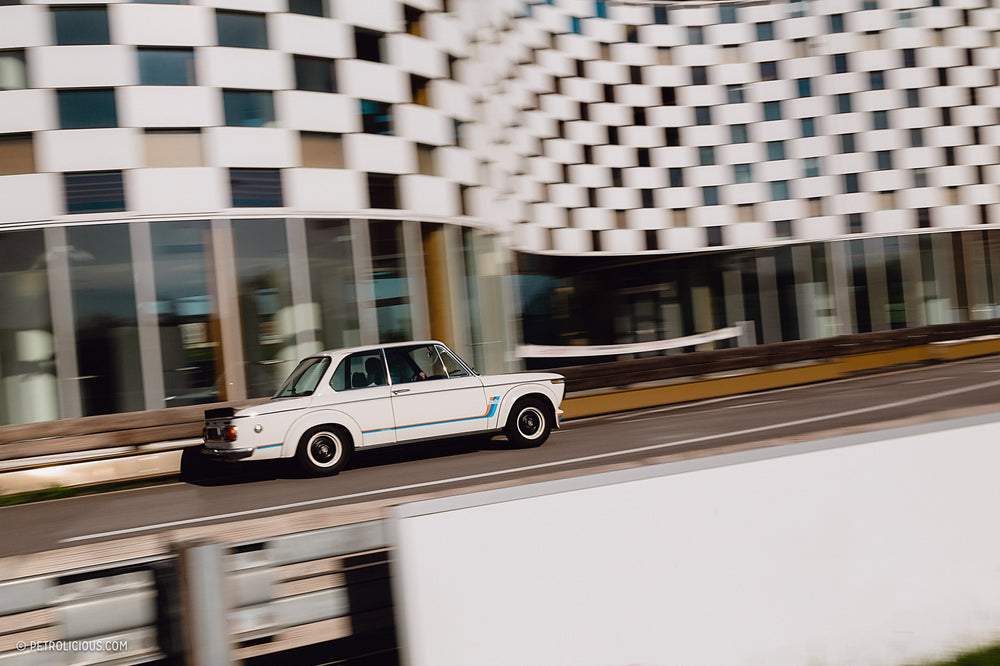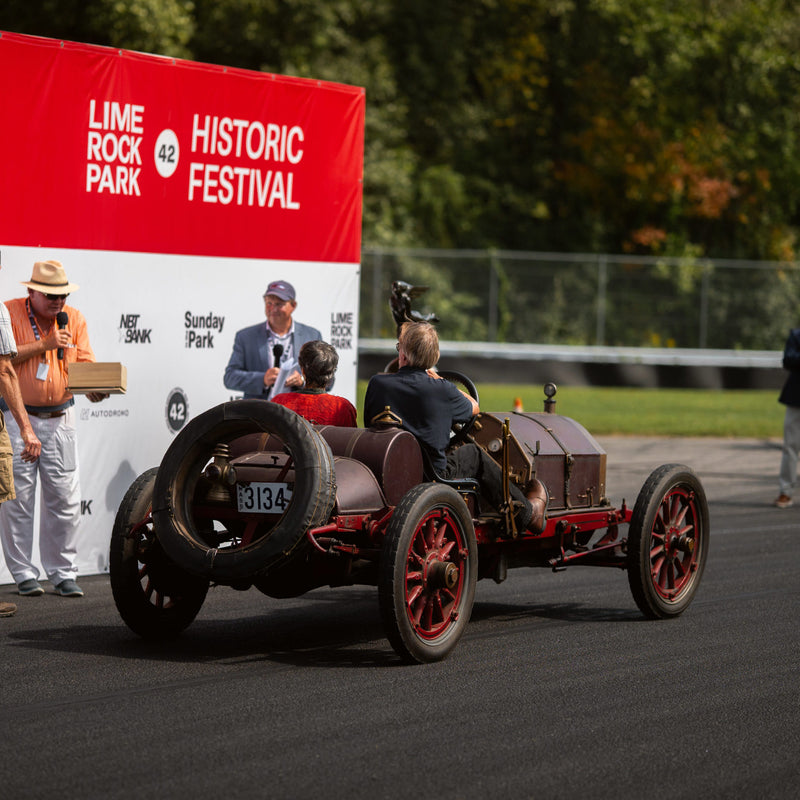Last week I had the chance to spend a few hours in a special location: an otherwise nondescript warehouse (as warehouses tend to be) where more than 50 classics and youngtimers were being stored before being auction. I walked back and forth across the expansive, airy interior of the space—which was once part of the Alfa Romeo factory production line—walking between the rows of cars, engaging in that game we all play: “Which one would I choose?”
After some lively discussions with Rosario (whenever he wasn’t busy behind the camera), and Massimo Delbò (the coordinator of the classic cars for Aste Bolaffi auctions), I finally made my choice. A Porsche? Too safe. A low-priced Prancing Horse? Still too much. If I had the means, I’d be leaving with the 1974 Chamonix White BMW 2002 Turbo. Europe’s first turbocharged production road car, and the first—along with the legendary 3.0 CSL—to come from BMW’s Motorsport division thanks in large part to Bob Lutz’s short tenure as a sales VP at the Bavarian automaker.




A lot of people will look at a 2002 Turbo and call it “cute,” but it was one of the more dangerous cars made in its day, and for many days after, too. It’s still weird to think about the fact that cars like this were available for sale, to anyone, but then again we’ve all seen a spoiled teenager or two with a supercar and a heavy foot. The 2002 is different though, considering the context: this was the early 1970s, the time of oil crises and Nader, and yet anyone could pop down to a BMW dealership and order a small car with wide fenders and a turbocharger. Not exactly tame.
The Porsche Turbo Carrera was an altogether meaner machine when it debuted a few years after the 2002 Turbo, but the BMW is nothing to get complacent with, for it too loves to get sideways and look for ditches. And if the road is at all wet, you have to pay utmost attention to your right foot inputs. When the KKK—Kühnle, Kopp & Kausch—turbocharger kicks in to deliver 170hp at 5800rpm, the power is unleashed without much in the way of a warning—it lags until it doesn’t. On top of that, the whole package is even harder to wrangle into a straight line thanks to its 185-sized tires wrapped around the little 13” wheels, a size we find today on tiny city cars. Weight? 1,035kg, or a little under 2,300lbs. A proper recipe for big grins or big repair bills depending on driver talent and/or restraint.





Where did it come from? Helmut W. Bönsch, BMW’s then-director of product planning, and Alex von Falkenhausen, designer of the mighty M10 inline-four, each had a two-liter engine installed in their personal 1600-2s, and when they realized they had both made the same modification, they prepared a joint proposal to BMW's board to manufacture a two-liter version of the 1600-2. The board approved, and work started on the development of the car that would become the 2002. It made its debut in 1968.



However, the first BMW Turbo car was the E25 concept designed by Paul Bracq, and originally shown in 1972: a spectacular vision with gullwing doors and a sci-fi interior and a turbocharged M10 capable of a claimed 280hp. This show car never made it into production—though it all but defined the shape of the forthcoming BMW M1—but it did impress the automotive world a great deal, and showcased what BMW could do with two liters and four cylinders. At the behest of Lutz and other sports enthusiasts at BMW, the German engineers decreased the power of the E25’s power plant, and moved it into the 2002. In short, that is how the 2002 Turbo came into this world.
Compared to the car it was based on, the already-hot 2002 tii, the Turbo was a new league: vented brakes were fitted along with a limited-slip differential and uprated suspension, and high-speed-rated tires were wrapped around wider wheels under the flared arches. Standard seats were replaced with bolstered buckets, a leather three-spoke steering wheel faced the driver, and a turbo pressure gauge was added to the right side of the dashboard cluster. The car wears BMW Motorsport stripes on each side, as well as a cheeky mirrored “turbo” on the deep chin spoiler.



Complaints from German politicians forced BMW to change the decal, citing absurd excessiveness during the oil-crisis period and inciting dangerously fast driving. Some claim that the stickers were shipped in the trunk of new Turbos following these complaints, ready to be positioned if the owner wanted to, a la CSL Batmobile rear wings.
The car you see in these photos is ready to be auctioned soon at Aste Bolaffi’s Classic Motor Vehicles sale on May 24th, and if you’re feeling even a fraction of what I did during this photoshoot, it might be a date to mark in the calendar.





















































